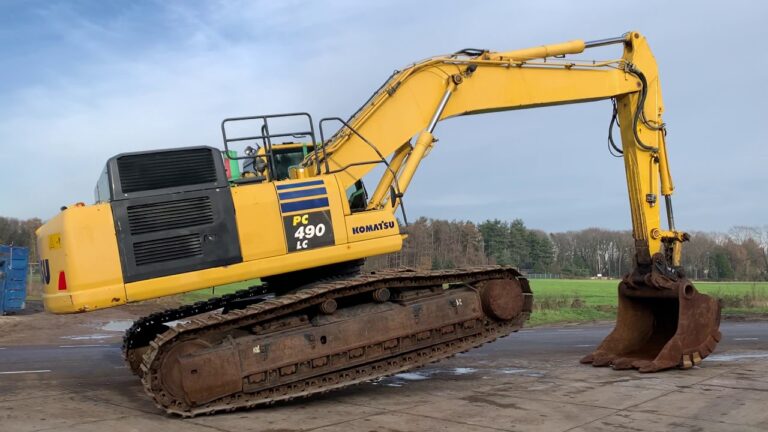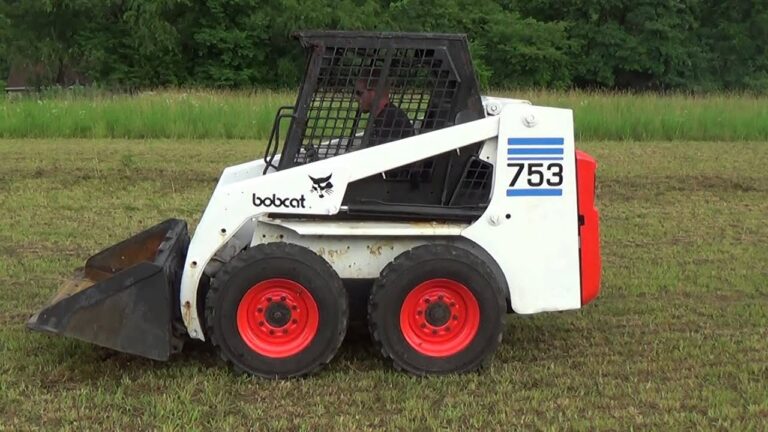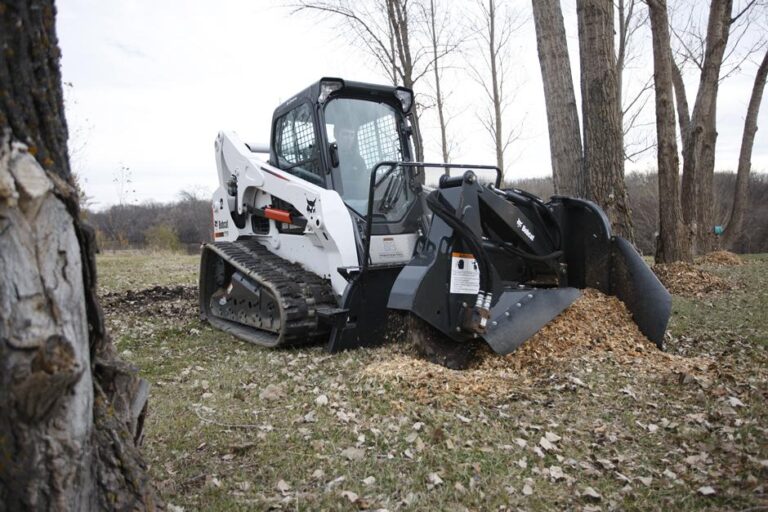
Mi riferisco ai tuoi problemi con il motore Bobcat T770 e a come risolverli. Posso dirti che sarà fantastico per te. Perché mentre cercavo la stessa cosa, ho trovato un video su YouTube che mi ha dato un'idea dei problemi e delle soluzioni del motore Bobcat T770.
Perché il motore del mio Bobcat t770 fa fumo?
Il primo passo per diagnosticare una perdita d'olio è determinare da dove proviene la perdita. Il prossimo passo è determinare di che colore è l'olio:
Dal tubo di scappamento esce fumo nero o grigio. Il fumo nero indica troppo carburante e poca aria. Le possibili cause includono problemi con l'impianto di alimentazione, minimo elevato, carico eccessivo e carburante di scarsa qualità.
Il fumo blu indica che l'olio motore sta bruciando nella camera di combustione. Ciò può essere causato da guide o guarnizioni delle valvole usurate, da un'eccessiva pressione del basamento o da un sistema PCV difettoso.
Il fumo bianco indica che il carburante o il vapore acqueo fuoriescono nel sistema di scarico. Verificare la presenza di una guarnizione del collettore di aspirazione rotta, di linee degli iniettori danneggiate o di iniettori difettosi.
Come posso riparare il mio motore Bobcat che presenta una perdita di potenza?
Se si verifica una perdita di potenza durante l'utilizzo della pala Bobcat, ciò potrebbe essere dovuto a un tubo di sfiato o un filtro di ritorno idraulico intasato.
Il filtro di ritorno idraulico è una soluzione semplice che si trova sotto il pianale. È una soluzione semplice se hai gli strumenti giusti. Se questo non risolve il problema, probabilmente è dovuto a un tubo di sfiato difettoso. Il tubo di sfiato si trova nella parte superiore del vano motore e può essere facilmente rimosso allentando le fascette con un paio di pinze. Una volta smontato noterete dei gocciolamenti d'olio. Ciò è normale e non è motivo di preoccupazione. Prima di rimontare il tubo, pulire eventuali residui di sporco e detriti con uno straccio o un tovagliolo di carta per garantire un'adeguata ventilazione del vano motore.
Se si riscontra ancora una perdita di potenza dopo aver sostituito i filtri e pulito il tubo di sfiato, contattare il rivenditore locale per ulteriore assistenza.

Come evitare il surriscaldamento del T770?
La stampante non è difettosa, il fusore è difettoso. Il fusore è la parte che si riscalda quando la carta lo attraversa, per favorire l'asciugatura dell'inchiostro. È anche la parte che rende calde le pagine stampate quando escono dalla stampante.
Il fusore è dotato di un sensore integrato per rilevare quando trascorre un tempo eccessivamente lungo tra l'invio e l'inserimento di una pagina nella macchina. Ciò potrebbe indicare un inceppamento della carta o un foglio di carta intrappolato da qualche parte nel percorso di alimentazione. In tali situazioni, il fusore deve essere spento per evitare di danneggiarlo con il calore eccessivo. Puoi vedere questo effetto se mandi qualcosa in stampa, e inizia a uscire lentamente perché c'è un piccolo angolo di carta bloccato da qualche parte e ogni volta che inserisce un nuovo foglio nella macchina, trova questo piccolo pezzo di carta e si ferma per circa 15 secondi prima di riprovare. Le tue stampe saranno molto calde quando finalmente usciranno dalla stampante
Per risolvere questo problema:
1. Spegni la stampante
2. Scollegarlo dalla fonte di alimentazione
3. Aprire il coperchio e verificare la presenza di carta inceppata all'interno
4. Rimuoverli se presenti
5. Chiudere correttamente il coperchio
6. Ricollegalo
Cosa causa la perdita di accelerazione nel mio T770?
Se la perdita di accelerazione si verifica ogni volta che avvii il camion, è probabile che ci sia un problema con il sistema di alimentazione. Quando si verifica un problema con l'impianto di alimentazione, il camion può accendersi in modo irregolare e perdere potenza.
Se la perdita di accelerazione si verifica in modo intermittente e non ogni volta che si avvia il camion, potrebbe essere causata da un problema con la trasmissione o il motore. I componenti interni di entrambi i sistemi possono usurarsi nel tempo.
Il controllo dei codici può aiutare a determinare quale sistema non funziona correttamente o non funziona correttamente prima che le parti vengano sostituite.
Come posso riparare il filtro del carburante intasato?
Il filtro del carburante si trova sotto la portiera del conducente. C'è una piccola copertura di plastica che puoi sollevare per accedere al filtro. Non è in una brutta posizione, ma può essere difficile rimuovere i morsetti su entrambe le estremità del filtro a causa della piccola area in cui stai lavorando.
Alcuni suggerimenti:
Rimuovere prima il tubo di sfiato dalla parte superiore del serbatoio del carburante. Ciò offre più spazio in cui lavorare e impedisce anche l'accumulo di fumi di gas mentre ci lavori.
Utilizzare un paio di morse per fissare le linguette di fissaggio del filtro prima di provare ad allentarle. Ciò impedisce loro di ruotare quando si tenta di rimuoverli.
Lo strumento di fabbrica per rimuovere questi morsetti è fondamentalmente solo un paio di pinze lunghe ad ago con ganasce speciali. Ho usato un vecchio paio di pinze per anelli elastici da un negozio di ricambi per auto (simili a queste) e hanno funzionato benissimo. Hanno manici più lunghi rispetto alle normali pinze ad ago che offrono più leva per aprire e chiudere i morsetti.


